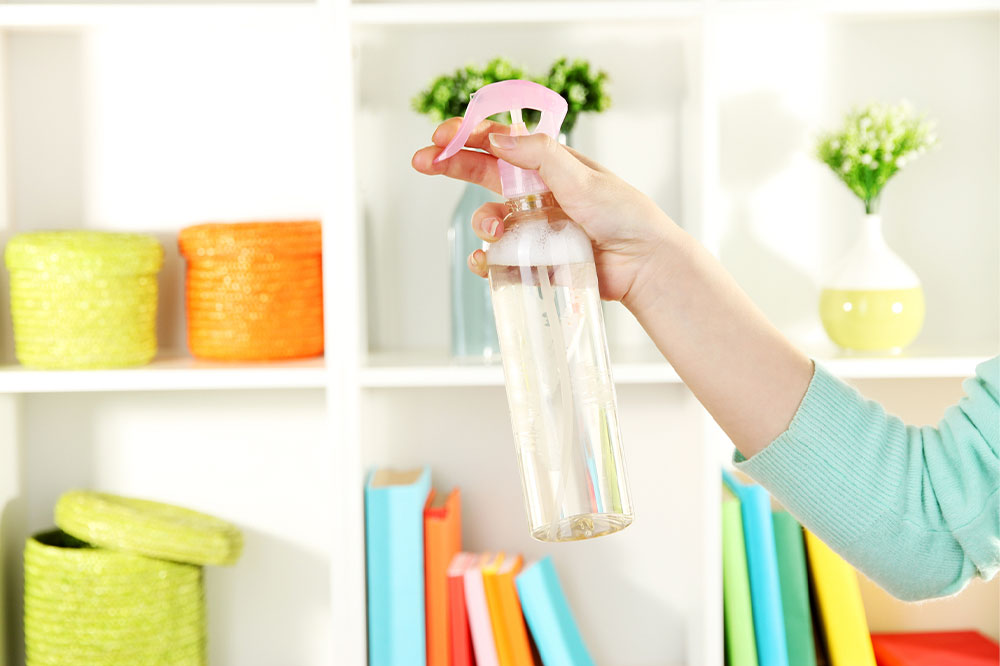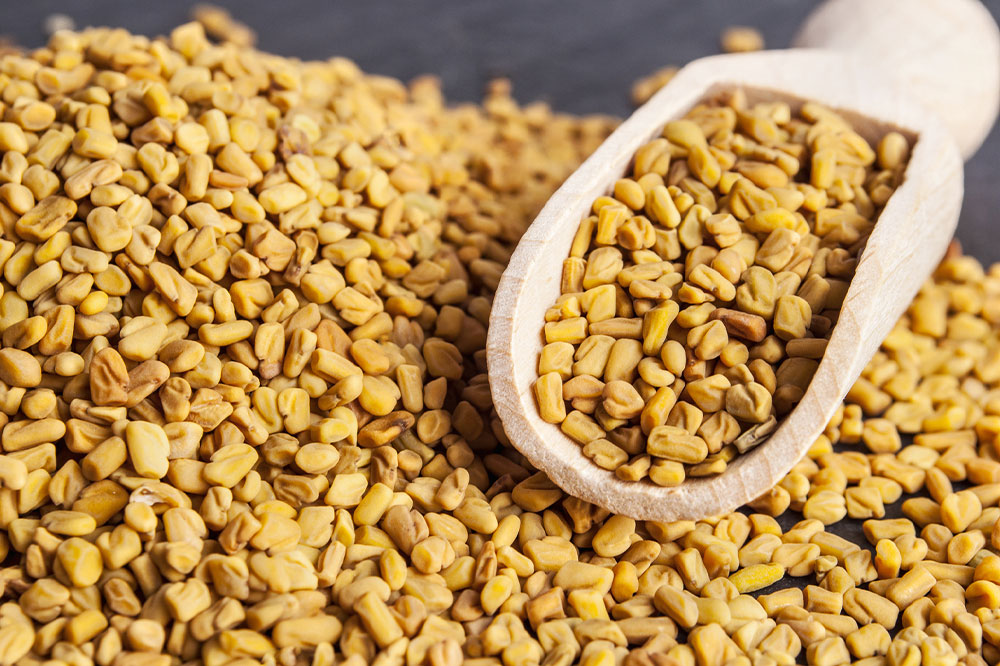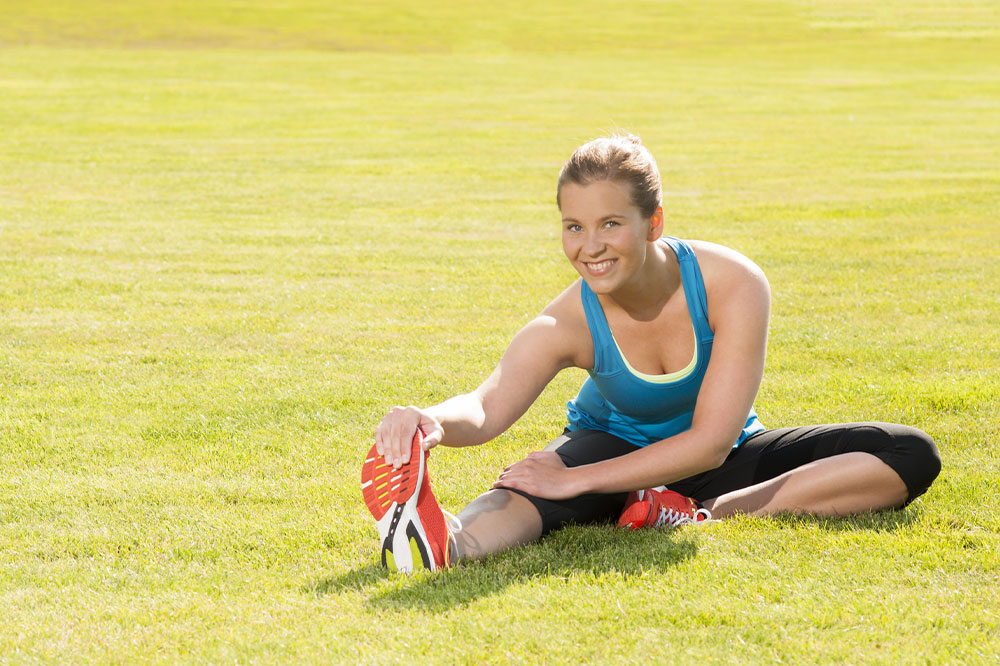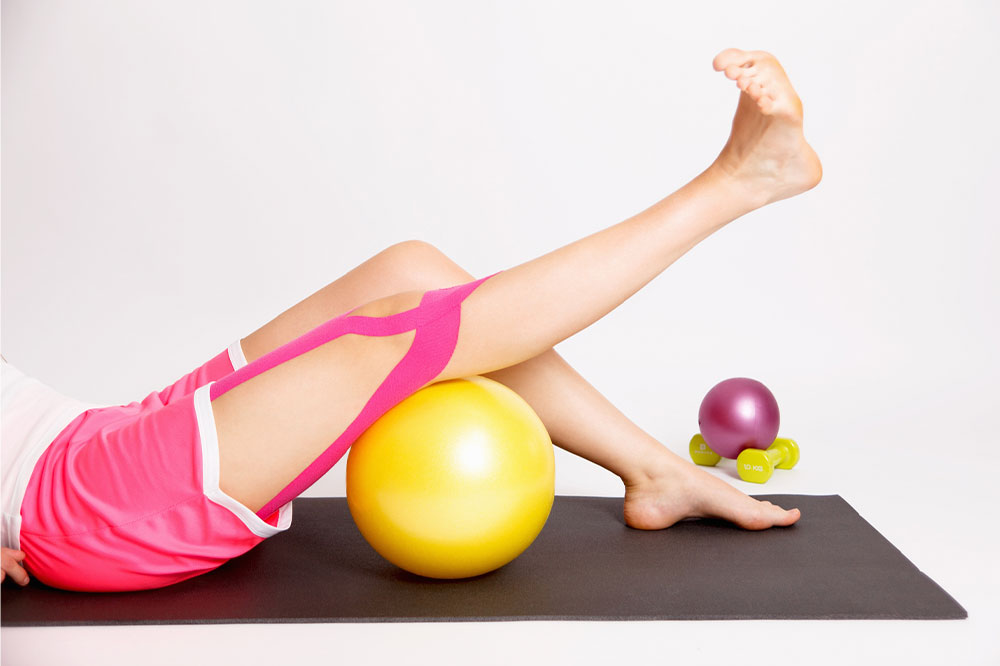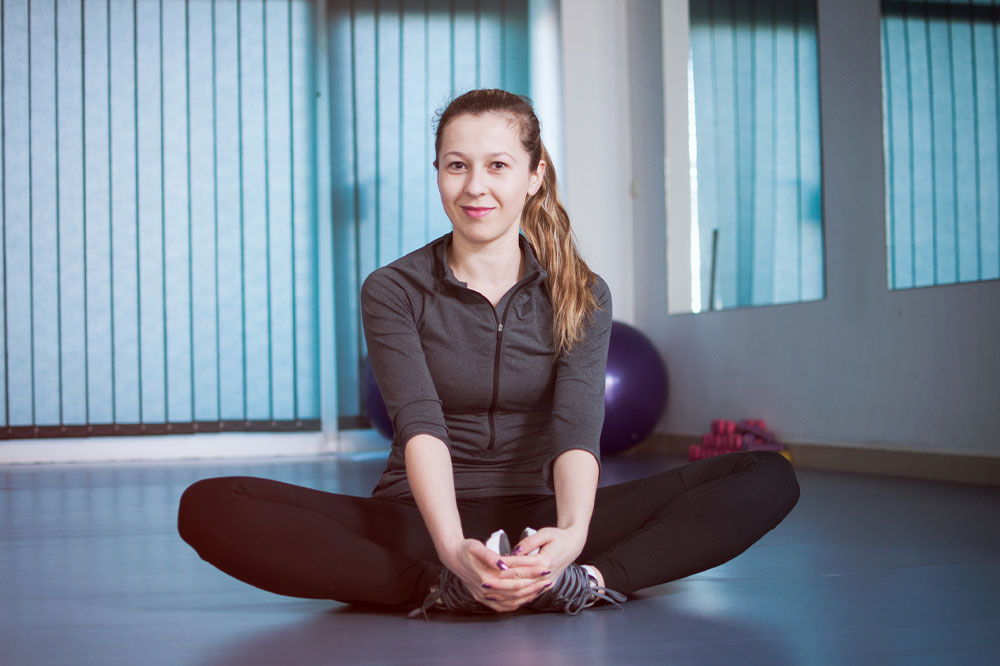Avoid these 3 breathing mistakes for healthy lungs
Breathing is a crucial and natural process for sustaining life. However, have you ever thought about the possibility of there being a correct or incorrect way of doing it? Though it may seem strange since breathing is usually something we do involuntarily, there are several tips for breathing correctly, as well as common mistakes that many of us make daily. This article aims to explore these mistakes and provide guidance on how to avoid them. Using your mouth Many people, including children and adults, breathe through their mouths. However, this can lead to crooked teeth, facial deformities, and stunted growth in kids. In adults, mouth breathing can cause gum disease and bad breath. Breathing through the nose is the proper way to inhale and exhale air. The nostrils in the nose act as filters that keep the air warm and humidified, which can be beneficial in cold and dry climates. It’s important to remember that mouth breathing is not unnatural but is not the best way to breathe. So, it’s advisable to make a conscious effort to breathe through the nose whenever possible. Not breathing through your belly To perform belly breathing, one must use the diaphragm, a muscle located above the stomach.
Read More 
